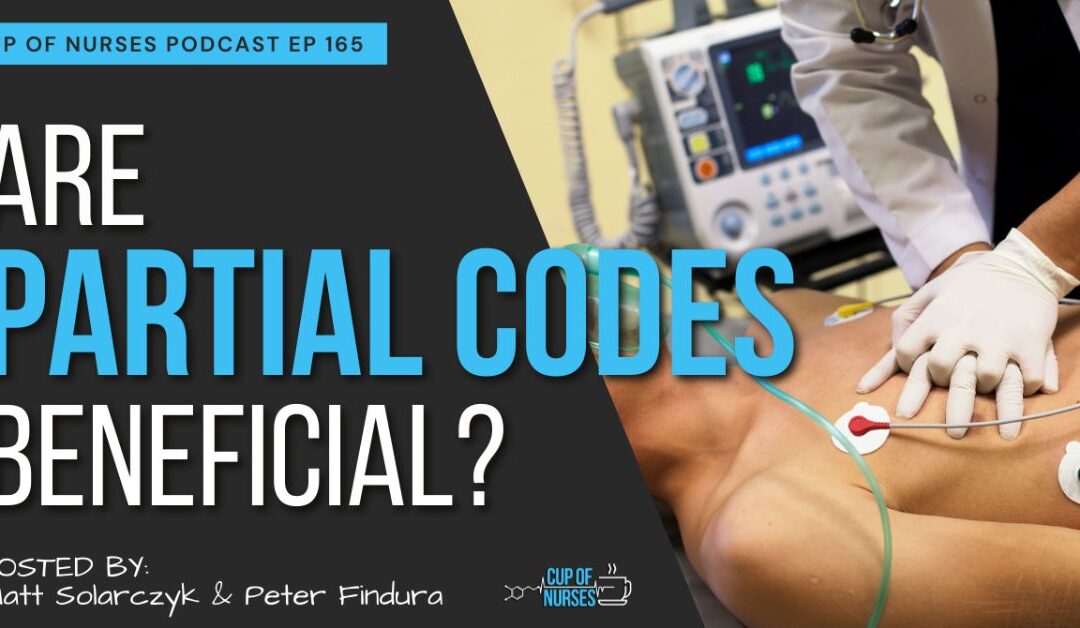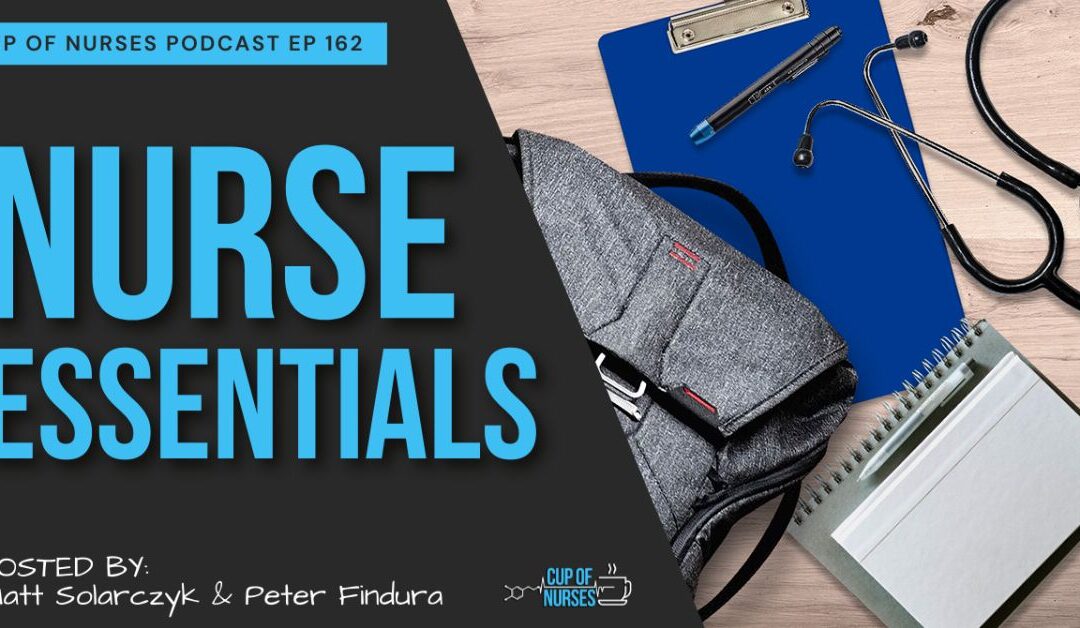
Are you Eating Cancer-Causing Glyphosate in Your Diet?
Are you Eating Cancer-Causing Glyphosate in Your Diet?
There is cancer-causing glyphosate in your diet. You might not know how harmful it is until it is too late. What is it anyway? And how can it affect our body? Read on for more.
What is Glyphosate?
How does glyphosate work?
Cancer-causing Glyphosate is a non-selective herbicide, meaning it will kill most plants. It works by inhibiting the action of a plant enzyme. The shikimic acid pathway plays a role in synthesizing three amino acids. These are phenylalanine, tyrosine, and tryptophan.
Glyphosate lawsuits
What do regulatory agencies in the USA say?
Glyphosate Products to Avoid
- Granola by Quaker, KIND, Back to Nature, Nature Valley
- Instant oats by Giant, Quaker, Umpqua, Market Pantry
- Whole oats by Quaker, Bob’s Red Mill, Nature’s Path, Whole Foods
- Cereal by Kashi, Kellogg’s, including Lucky Charms and Cheerios
- Snack bars by Quaker, KIND, Nature Valley, Kellogg’s
- Orange juice by Tropicana, Minute Maid, Signature Farms, Kirkland
- Crackers, including Cheez-Its, Ritz, Triscuits, Goldfish
- Cookies by Annie’s, Kashi, and Nabisco (Oreos)
- Chips by Stacy’s, Lay’s, Doritos, Fritos
An alarming study looked into Pesticides in Mississippi compared to air and rain between 1995 and 2007. Glyphosate and its degradation product, aminomethyl-phosphonic acid (AMPA), were detected in ≥75% of air and rain samples in 2007 [2].
How do you avoid glyphosate exposure?
Products that are verified glyphosate free by the Detox project: https://detoxproject.org/certification/glyphosate-residue-free/certified-products/
The extent of food industry involvement in peer-reviewed research articles from 10 leading nutrition-related journals in 2018
We all know that evidence supports the food industry’s involvement in nutrition research or agendas. However, food industry involvement in nutrition research has not been systematically explored.
This study, published on December 16th, 2020, aimed to identify the extent of food industry involvement in peer-reviewed articles. It includes leading nutrition-related journals that are examined thoroughly. The goal is to find food industries that support the industry’s interests.
No study has comprehensively examined the extent and nature of food industry involvement in peer-reviewed research.
The study reviewed the top 10 most cited nutrition and dietetics-related journals. The evaluation of food industry involvement was evaluated based on author affiliations, funding sources, declarations of interest, or other acknowledgments.
Principal research findings from articles with food industry involvement, and a random sample of articles without food industry involvement, were categorized according to the extent to which they supported relevant food industry interests.
The Results
Of 1,461, 196 (13.4%) articles reported food industry involvement. The extent of food industry involvement varied by journal, with The Journal of Nutrition (28.3%) having the highest and Pediatric Obesity (3.8%) having the lowest proportion of industry involvement.
Food industry involvement spanned several industry sectors, with processed food manufacturing, dietary supplement manufacturing, and dairy most often represented.
Processed food manufacturers were involved in most articles (77/196, 39.3%). Of articles with food industry involvement, 55.6% reported findings favorable to relevant food industry interests, compared to 9.7% of articles without food industry involvement.
The journals included in this study:
- Advances in Nutrition
- Clinical Nutrition
- International Journal of Behavioral Nutrition and Physical Activity
- International Journal of Obesity
- Nutrition Research Reviews
- Nutrition Reviews,
- Journal of Obesity
- Pediatric Obesity
- The American Journal of Clinical Nutrition
- The Journal of Nutrition.
Future thoughts
Future studies should investigate nutrition-related articles from journals with both nutrition and non-nutrition focus (including, for example, journals in medicine and public health)
Get to know more about glyphosate by watching our full episode here 👇
TIME STAMPS:
00:00 Intro
00:41 Plugs
02:44 Episode Introduction
04:28 About Glyphosate
05:23 How does glyphosate work?
08:05 Glyphosate lawsuits
11:27 What do regulatory agencies in the USA say?
15:43 Glyphosate Products to Avoid
16:39 How do you avoid glyphosate exposure?
18:04 Glyphosate traces in soil, water, and air
21:16 Being vigilant in avoiding Cancer-Causing Glyphosate
23:56 The involvement of the food industry
8:58 Science and spirituality
31:07 The Results
35:25 Huge funding to influence an agenda





Recent Comments